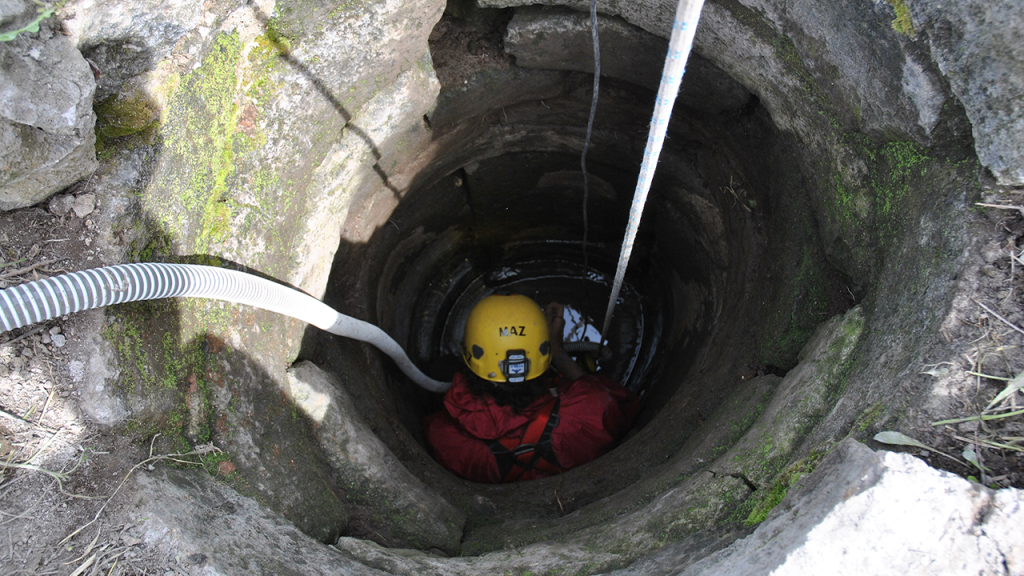Archaeologists in Italy recently made an exciting discovery in the ancient Roman city of Ostia Antica, located near Rome. The artifacts were found deep in a well that had been buried for nearly 2,000 years as part of a restoration project. Italy’s Minister of Culture, Gennaro Sangiuliano, described Ostia Antica as a marvel and emphasized its importance as one of the most significant archaeological sites in Italy. The Minister highlighted the rich history of Ancient Rome that is preserved within the city.
The well, which is roughly 10 feet deep, yielded a treasure trove of artifacts dating from the end of the first century to 200 A.D. Many of the items were remarkably well-preserved due to being encased in oxygen-poor mud. Among the artifacts discovered were ceramics, lamps, fragments of glass containers, and marble, as well as burnt animal bones indicating some form of sacred ritual or sacrifice within the area. One of the most intriguing objects found was a carved wooden object in the shape of a funnel or chalice, the function of which remains unclear.
Photos released by the Ministry of Culture showed workers sorting through the muck and mud at the excavation site, uncovering dozens of ancient artifacts. The well is located near a temple complex that was built around 300 B.C., featuring the prominent Temple of Hercules and other cult buildings. The discovery sheds new light on the religious practices and daily life of the ancient residents of Ostia Antica, providing valuable insights into their culture and beliefs.
The archaeological findings offer a glimpse into the daily life of the ancient Romans, revealing details about their religious practices, domestic activities, and interactions with the surrounding environment. The artifacts found in the well indicate that the area was once used for sacred rituals or offerings, shedding light on the spiritual beliefs and practices of the ancient inhabitants of Ostia Antica. The discovery adds to the rich tapestry of historical and archaeological knowledge about Ancient Rome and highlights the importance of preserving and protecting sites like Ostia Antica for future generations.
The well excavation at Ostia Antica represents a significant achievement for archaeologists and historians, providing new insights into the ancient Roman period and the cultural practices of the time. The discovery of artifacts dating back nearly 2,000 years offers a rare opportunity to study the material culture of the Romans and gain a deeper understanding of their daily lives and religious beliefs. The well excavation project is part of a wider restoration effort to preserve and protect the archaeological heritage of Ostia Antica, ensuring that these priceless artifacts and structures are safeguarded for future generations to appreciate and learn from.
In conclusion, the discovery of ancient artifacts in the well at Ostia Antica offers a fascinating glimpse into the past, allowing archaeologists to piece together the daily lives, religious practices, and cultural traditions of the ancient Romans. The artifacts uncovered provide valuable insights into the spiritual beliefs and practices of the ancient residents of Ostia Antica, shedding light on their sacred rituals and domestic activities. The well excavation project is a testament to the importance of preserving and protecting archaeological sites like Ostia Antica, ensuring that the rich history and heritage of Ancient Rome are safeguarded for future generations to explore and appreciate.


